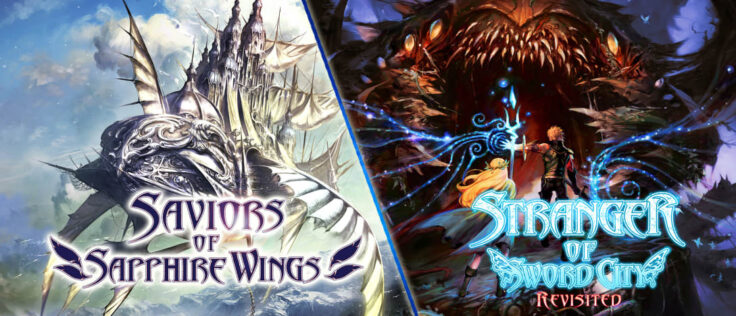With a name like Ol=Ohma I’d expect them to be the major villain lol
Type: Single Player
Genre: Dungeon Crawler RPG
Developer: Experience Inc., Codeglue
Publisher: NIS America, Inc.
Release date: March 16, 2021


Ever since I played Mary Skelter 2, I’ve found my love for dungeon crawler RPGs and when I heard about the two games in one release of Saviors of Sapphire Wings and Stranger of Sword City was coming out and that those that played them when it was originally release mentioning how much they liked these games, I couldn’t resist. Considering these two games are pretty much cut from the same cloth, I decided to have this as a two-in-one review as well.
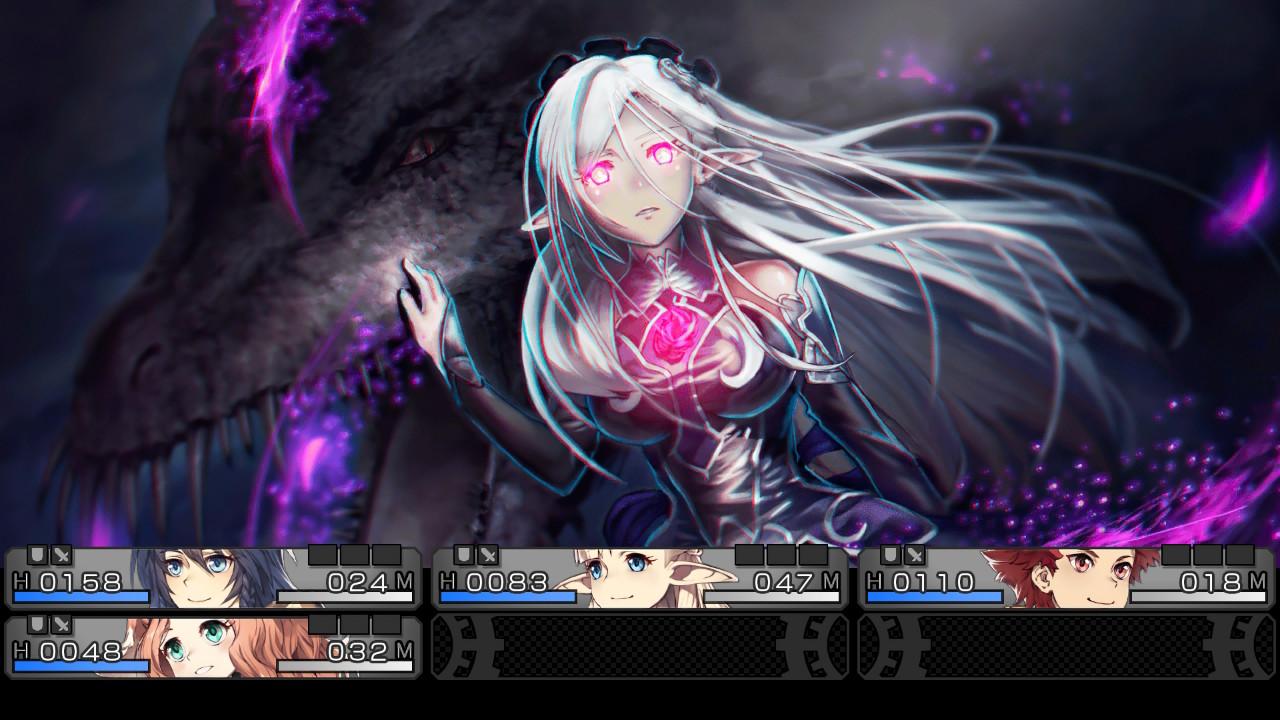
Saviors of Sapphire Wings
Starting with Saviors of Sapphire Wings, this actually starts you right at the last battle. After quickly introducing you to two of your party members (or Squires) and your goal of defeating the evil Overload Ol=Ohma (weird name, but okay). Except, you lose and you’re ultimately killed, letting the Darkness that Ol=Ohma controls to take over the land and monsters to roam without you and your Squires interfering. It wasn’t until 100 years later that your soul finally gets reincarnated and granted a second, and last, chance at defeating Ol=Ohma before it’s too late for anyone to fight him off. You’re greeted by Merlin first, who kind of acts like a guide, that introduces you back into the world, who you are (as you don’t remember your past life), and the main goal of gathering those fated to become your Squires to reform the Knights of the Round, train, and bond before confronting Ol=Ohma. And you do just that as you’ll be helping people still alive, traveling to a couple locations ruled by the different races, and recruiting Squires that fate brings you to.
One of the most important aspects to Saviors of Sapphire Wings is your relationship between you and your party members. This isn’t just because of the advantages you get, but also it’s important to surviving against Ol=Ohma and the more powerful bosses or enemies you’ll encounter. As you meet and gain members, you’ll actually be able to change their name (which I can imagine the awkwardness as their parents or friends judge you), their appearance between two alternative outfits and their original design, what main class they’ll be which will determine what skills and spells they’ll have and how they’ll be in battle, their soul shape which will determine base stats, and distribute stat points. Though, while they’ll obviously become stronger as they level up, their bond level with you is important to raise even if it’s super easy to ignore. It will raise as you’re fighting and winning battles (and will lower if they faint), the easier and faster way is when you have the aerial base, Rondaer, available.
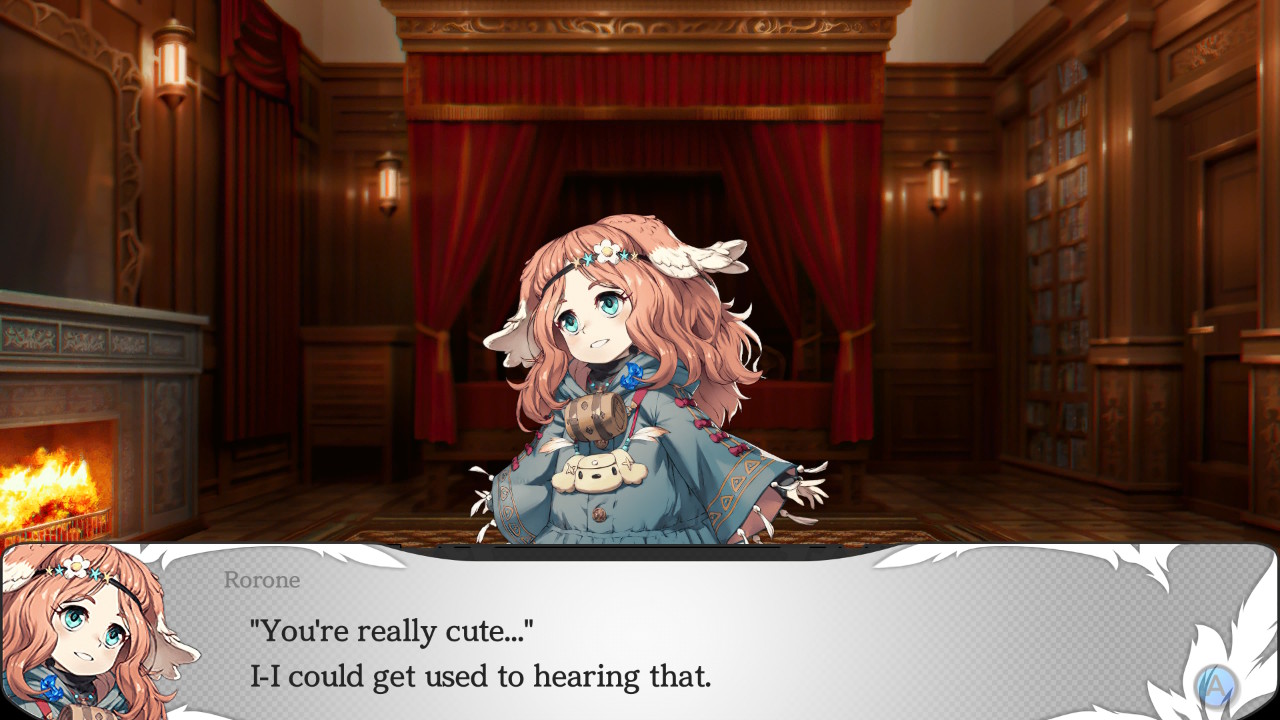
Rondaer becomes available early on and is your base of operations. You’ll be able to accept quests, melt down equipment to enhance that equipment type, make food (which the only complicated aspect is getting three of the same food item to make a higher grade food item), store stuff so you can get more stuff, travel between locations, and finally, bond with your party members in your room. Your room serves as a way to mess with your character again if you want to change aspects of yourself, but you can call someone into your room. Eating food with them, and specifically food that they like, will raise their soul gauge (the higher quality it is, the more it will raise). And well, the only way their bond will level up once it fills up will be talking to them in your room and will give you more insight to them. These bonds will then translate to your Union Skills as the points you’ll have will be determined by everyone’s bond level and you’ll get more skills that you’ll be able to use. This will also make or break boss encounters that will try to charm your party members as the more everyone has bonded, the more they’ll resist; or give you a buff to help you out immensely like increasing spell damage (which can be major when you know the enemy’s weakness). Not to mention that they do get to be able to take on a sub-class so they’ll be even more helpful as they can have the abilities that they wouldn’t have before.
If you’ve ever played one of these dungeon crawlers, you’ll know the drill here. You’ll be exploring each dungeon you’ll be going to in first person with five other party members to help you out. You’ll generally have a set goal in mind and you’ll be going through the dungeon to achieve it as you navigate through, fill up your map and trying to remember that those missing spots are pits, encountering monsters (both randomly and pre-determined spots), finding hidden doors or items your team happens to notice, and the occasional times where you’ll need to answer a question or get yourself through a maze-like area.
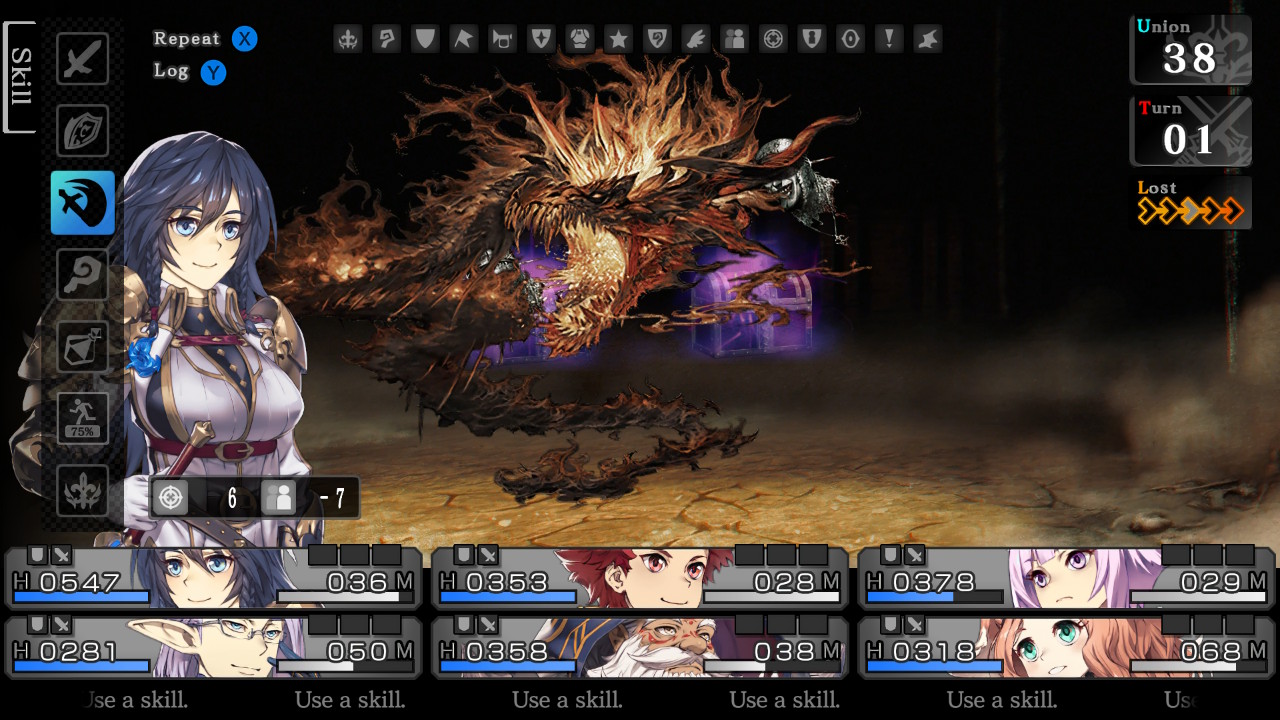
Once you get into an enemy encounter, both you and your enemies will be divided up from being in the front or the back row. While enemies will routinely switch around, you won’t be able to during battle so make sure you have your melee heavy hitters in the front to protect those in the back that are more vulnerable ranged attackers (like wizards) or your healer. Though, you do have to make sure to look at the weapon’s range so those in the back can do a normal attack. From here, you’ll be able to do a normal attack, use spells so you can exploit enemy weaknesses, use skills that go with the character’s class, or use those Union skills that you can only use if your character is alive. And considering that these can get you an advantage like strengthening attacks or a guaranteed flee, yeah keep your character alive. Especially when the ability to revive party members come in so late for healers and I only saw the revive item show up once in a late-game shop. Having your team synergize well, as well as their sub-class going well with their main class, is important to how your battles will go. Like having a Paladin can help to protect your team as they have a skill that will make enemies have a higher chance of attacking them while also giving a boost in avoidance, which can be a huge help if you invest in them having a lot of health. While a Samurai can dual wield weapons (and later on, dual wield two handed weapons) or Druids charming enemies to fight alongside you. Luckily, you can have a fast application so you don’t have to click through everyone’s actions (though, this can make a “what the hell happened” situations when you seemingly fighting easy enemies that take everyone down to low health) and a button to reapply their previous action so you can quickly get through that round if you only really need to change one character’s action.
There are also Trap points which are important even if they don’t seem like it. These are basically spots where you’ll be able to bait the monsters here with food, which you are given the types of food they like in the area, and the higher the grade it is the more powerful the monster(s) will be. Of course, they won’t show up (or not show up if it’s something that is not to their tastes) until you get into another encounter. If you put down a favored food item, you’ll then be able to enter an encounter and if you win, you’ll get a cursed chest (which you should dispell) and take control of that point if you haven’t already (and then the whole area once you do all of them). These can net you a quicker way of leveling up as you can get stronger enemies to fight and new gear in specific dungeons. There are also points in the story where you do need to control the whole area as well.
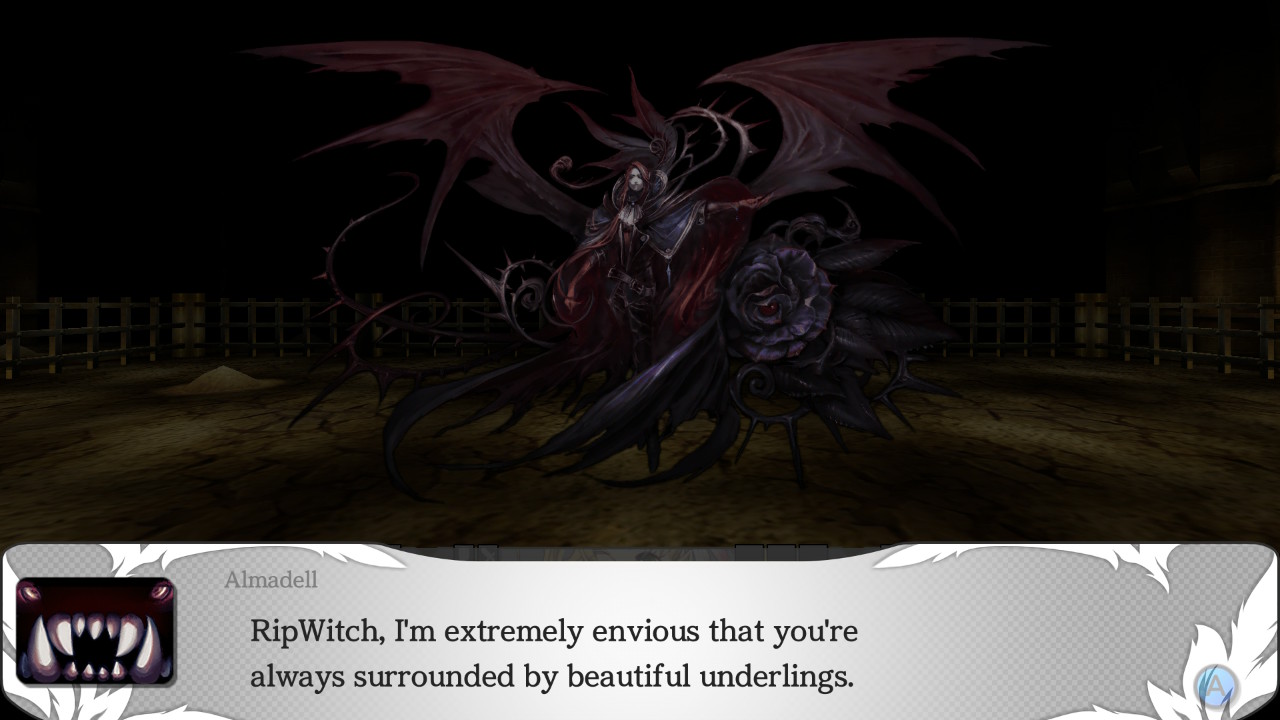
Also please make sure you save when you make a bunch of progress often and remember you can save in dungeons. If you fall in battle, you’ll be sent back to your previous save. If you unluckily encounter a strong enemy you’re not prepared for or run into a boss fight, this will set you back. Also save before you make any (near) irreversible decisions, like melting down equipment or selling treasure just in case you sell/lose an item that you use or need.
In terms of grinding, I don’t see this one being too grind heavy (during the main story at least). I only set out to grind a couple times (which didn’t last more than a couple hours either times) when I was having trouble in the dungeon that mainly had undead and ghost monsters, which are hard to combat without the right equipment (that’s either aimed to be effective against them or at least isn’t ineffective towards them), wanted to bring up a party member’s sub-class level up, or wanted to get my character hungry so I can bond more with my party members. This will, of course, depend on a lot of aspects as well. Like who’s on your team and what class and sub-class they have, if you’re keeping up with bonding with them, if you’re adding in a character you get later on (as you’ll obviously need to get them caught up), switching someone in, switching someone’s main class, or finally adding in that sub-class that needs to be leveled up so you can take advantage of those extra spells or skills it comes with. Anyway, as long as you’re exploring and fighting every encounter (only escaping when you’ll die if you stay), you’ll only have problems with certain enemies.
Once you defeat Ol=Ohma, and thus the main game, there is some post-game content. Other than going to complete the side challenges and exploring the areas you couldn’t because you didn’t have a party member high leveled enough to have Float, you do get a new post-game questline to go through.
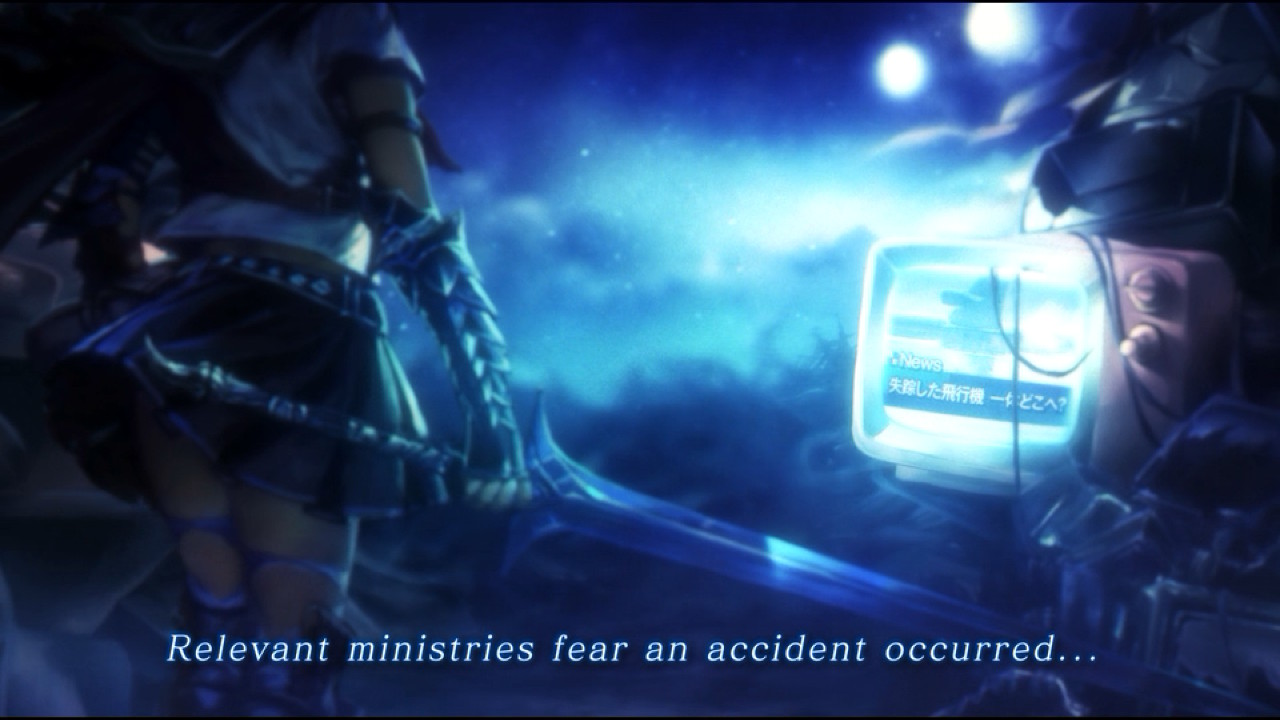
Stranger of Sword City Revisited
And now, it’s time for Stranger of Sword City where things are familiar, but oh so different. The story here is pretty different as of course the one time you decide to take a plane is the time that something goes terribly wrong and you’re in a plane crash. When you come to, you find yourself alone and in a strange world where fantasy has become reality. You’re then greeted by an old man which, looks creepy sure, but seems helpful. Well, until he pretty much reveals that he wants to eat you (or wants his monster friends to eat you). Thankfully, before him or his friends kill the easy prey that is you, you’re saved by another mysterious woman in an armored-up school girl uniform named Riu.
Once you’re out of danger, you’re filled in to what’s going on. It turns out, there’s this whole thing established and you were only one out of a long line of others that mysteriously came into this world from our own, which are dubbed as Strangers, and you most likely won’t be the last. The Strangers, which end up being your teammates, are actually nobodies and you were going to be one as well until you find out that you’re a Chosen One (eye roll I know). Being a Chosen One actually puts you in an interesting position as you’re one of the few that can actually handle these Blood Crystals, which can then be transferred to a Vessel of your choice. And these Vessels can harness the power of these Blood Crystals that will help the one that provided them. There are three Vessels in this world that make up three different factions that will end up giving you different blessings (or Divinities) that you’ll have to decide who to go with as you won’t be able to get everything. Riu is one of them, and is actually the leader at a guild that hosts and handles Strangers; there’s the priestess Marilith that commands a Kingdom; and finally there’s Alm that looks over her own company and focuses on technology. So, with the thought of who you’ll give Blood Crystals to and hoping for a way to get back home, you’re pushed out into the world.
The story is pretty sparse here, even more so than Saviors, and even if you’re in this for the characters, there’s not that much in that aspect either. The main draw here is very much the dungeon crawling gameplay.
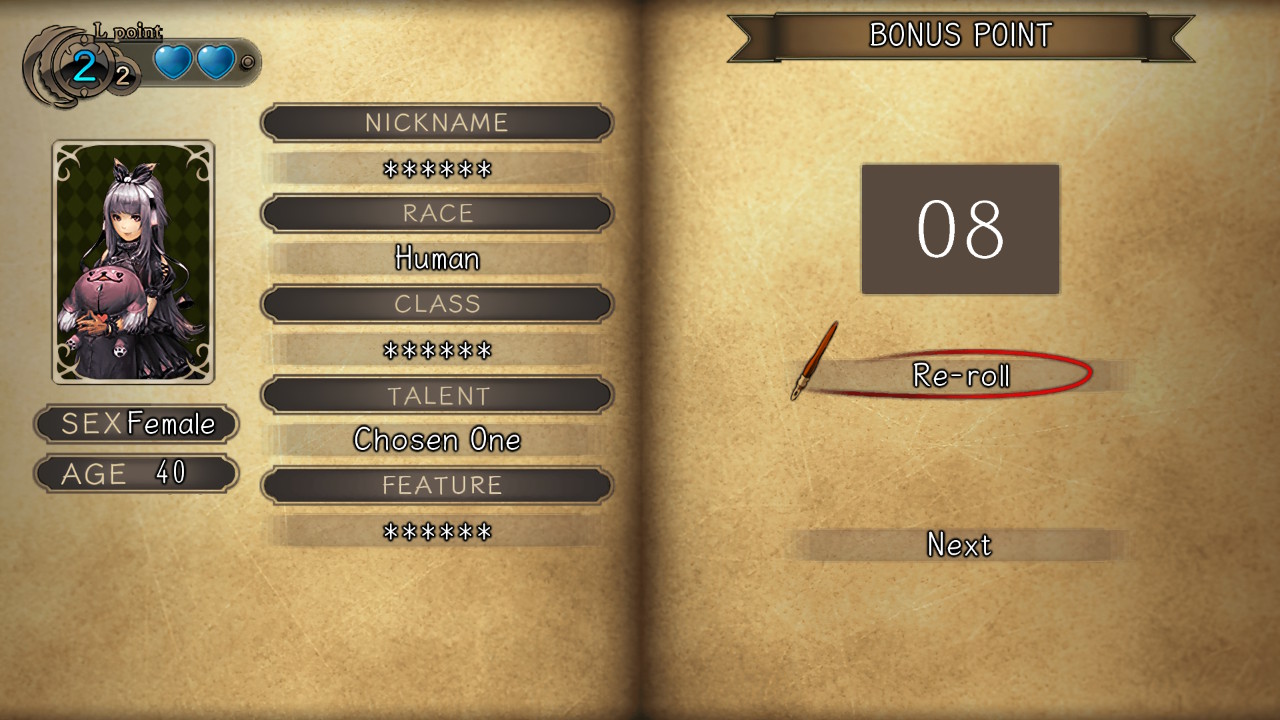
If you thought you were a bit overwhelmed when going into Saviors of Sapphire Wings, dial that way up for Stranger of Sword City. For one, Character Creation has been vamped. Instead of everyone having their own set portrait, you’re given a whole assortment of them, which strangely also includes ones that are tied to important characters and the original portraits for the characters from Saviors (which is even more strange since we got updated artwork of them in this same package). You’ll be able to choose what race they are to determine starting stats, their talent, you’ll be rolling bonus points that you’ll be putting into your stats right out of the gate (which is interesting, but frustrating when you get bad rng and constantly roll low numbers), their class (with a few new ones added in), a bonus skill from a different class, and age which determines the minimum amount of bonus point number you’ll roll as well as your max life points. You’ll, of course, be creating your own character, but will be even able to create and register more to serve as your teammates rather than using pre-established characters.
You are able to change class any time, but it’s better to do it later on. This time around it costs money, but in return you do get the ability to slot in the skills you learned, your level is halved (rather than starting at level one), and you get a bonus towards your new HP/MP pool. Though, considering that class won’t be leveling up anymore, this will get you to planning way ahead to have a build that will get you far (which some people strangely enough recommending starting out with a class that is seemingly unrelated to get it out of the way and then build up to your desired class being last or almost last). You can recover life points, but it will require you to pass the time by going out and getting into more battles (as you’ll most likely need to revive them and have them recover that life point which can add up to a week). You can pay for this to be instant, but who has that kind of money laying around?
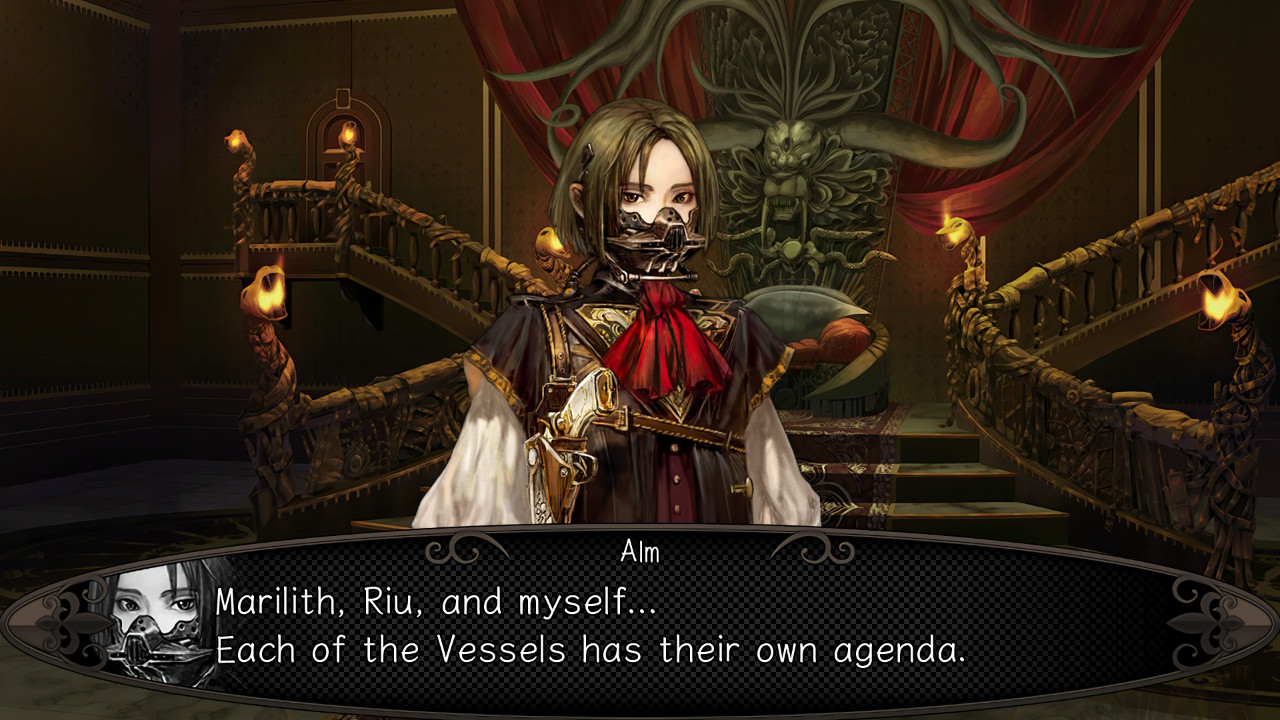
The newly introduced life points are actually pretty important. While you can forgo them to be stronger starting out, this also means that this will put you in danger of permadeath. Yep. A life point is depleted when that character dies in battle and when it reaches zero they will be gone for good. This will make you want to be more careful rather than always reckless (especially since you need time to pass for them to be able to be usable again), but it can be annoying if you get into that situation.
Going into the actual dungeons, it plays the same way as Saviors with a few additions. Here, you’ll mostly be going after Lineage monsters, who are essentially bosses, which will drop those aforementioned Blood Crystals when defeated. And bringing these Blood Crystals to either of the three Vessels will grant you a Divinity skill to use in battle (which basically are Union Skills). This also adds a hiding and ambushing mechanic where you’ll spend Morale (which replenishes surprisingly quickly) to hide until a mob of enemies with a chest comes along, or a Lineage that you must ambush, that you want to fight or you get ambushed instead. Treasure boxes this time around also show the type of item it’ll contain, but it will require you to remove a trap where you have to select the correct one to avoid it being set off (which I’m convinced is random as I can’t figure out any hints to what it would be). Other than this, you can also disarm some visible traps, but you will also have pitfalls that will damage everyone, and you will only be able to save outside of dungeons.
Also, strangely enough, leveling up isn’t automatic like it is in Saviors, or in other RPGs, but you have to manually go in and level them up. I believe you are told this, but it’s very easy to just forget either because this is one of the few games that does this (even Saviors has automatic leveling up) or you just forget.
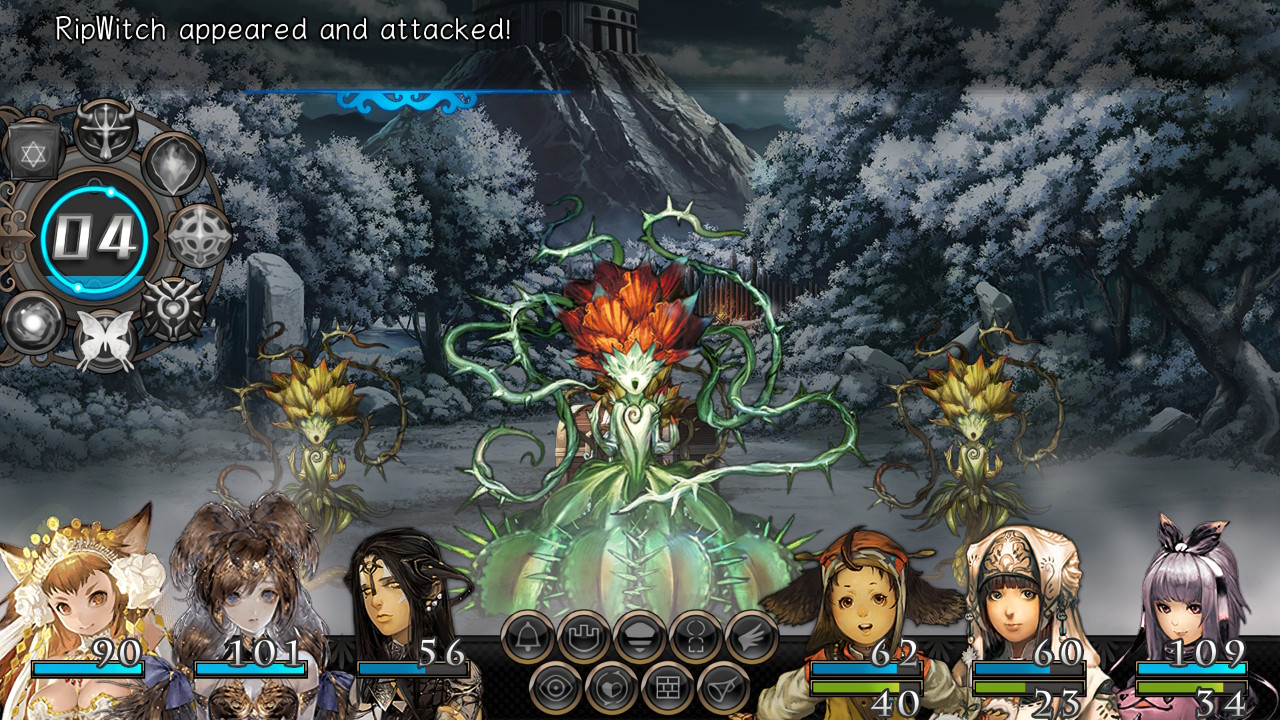
Compared to Saviors of Sapphire Wings, which was barely a grind even on the lead up to late game, Stranger of Sword City is grind city. Once you get out of the tutorial section and let go to choose between three dungeons to go into, the grind starts. It also doesn’t help that you are encouraged to keep a backup team as well, since your first team will get pummeled, which is more grinding. And then if one of your teammates is a victim of permadeath, that means getting the new addition up to speed. You’ll also be grinding for gear that would be the best for your characters.
I will have to say that the artwork in Stranger of Sword City is really beautiful, having almost like a painted look to them, and you can tell how much they improved on how the dungeons look when you’re going through them in first person. And the already badass monster artwork from Saviors of Sapphire Wings somehow becomes more badass here. I don’t know how they did it, but they did it.
Stranger of Sword City also does include post game content (taking place of the original’s new game+) as well as three different endings which depends on who you give the most Blood Crystals to.
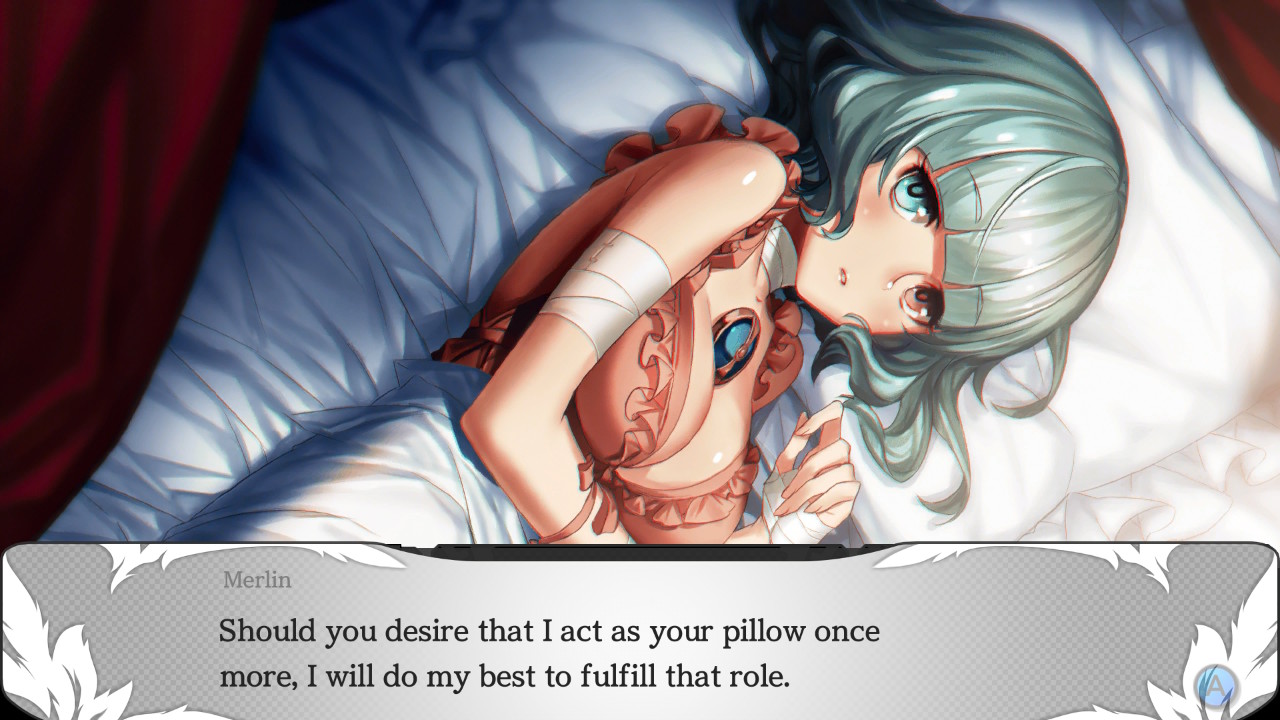
Verdict
Both Saviors of Sapphire Wings and Stranger of Sword City really do aim for two opposite experiences that will appeal to what different players will be looking for in a dungeon crawler RPG. Saviors feels more like a casual thing as it’s more lenient and focuses on your bond with your team; while Stranger is more leaning to those wanting a hard challenge where you pretty much need to look up optimal builds if you don’t want to have a bad time later on, there’s permadeath, is more focused with the Vessels as your team are faceless nobodies this time around, and more grind heavy. Personally, I found myself enjoying Saviors of Sapphire Wings more than I did Stranger of Sword City, but that’s just me. I found myself more hooked to going towards the goal of defeating Ol=Ohma, helping those you come across, and meeting and bonding with your team mates. I wanted to continue playing Saviors of Sapphire Wings and getting that satisfaction of finally riding the world of the weirdest villain name ever. But with Stranger of Sword City, I instead found myself dreading going back to it as there wasn’t anything there to make me interested enough to want to suffer through grind city to get more. Both are good dungeon crawlers, but they’ll appeal to different kinds of players.
Of course, this is going to be a better deal if you haven’t played either title. And if you haven’t, I do recommend starting with Saviors of Sapphire Wings not because this technically would take place before Strangers of Sword City (even though these two games aren’t connected at all other than sharing the same monsters), but it serves as a good transition into the complication and additions that Stranger of Sword City brings in. If you’re mainly getting this for one of these games, and dipping your toe into the other to see if you’d like it, it might be worth it (albeit, getting a worse deal) as both can go over 40+ hours by themselves. However, if you already played the original version of Stranger of Sword City and only interested in the Revisited aspect, it isn’t worth it based on what those that have played both versions have said as it mainly brings some quality of life changes that is split between being liked and disliked depending on what you liked or disliked in the original.

